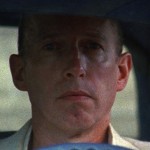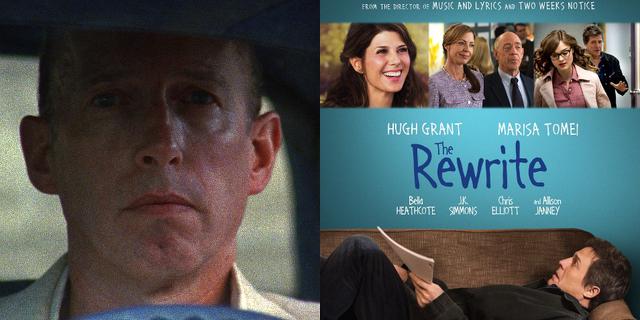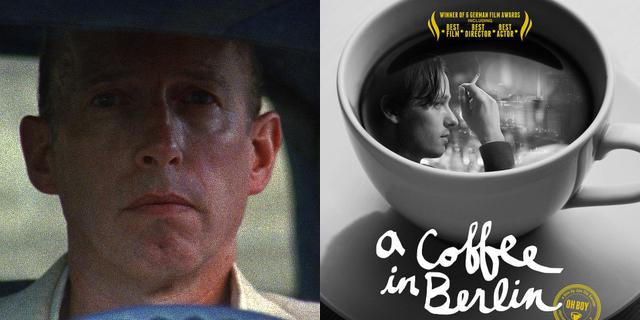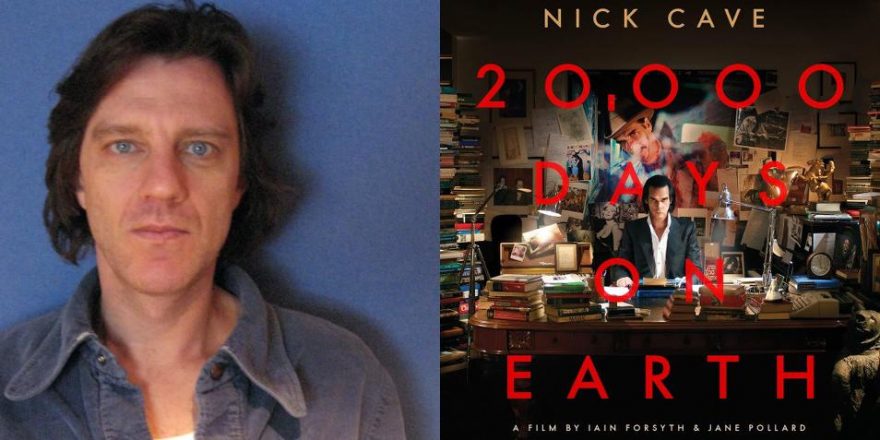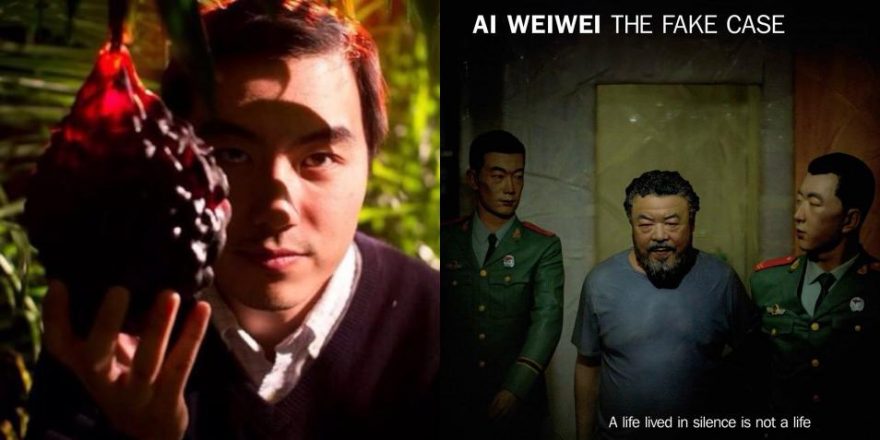The title, Seymour: An Introduction, is clever in that it grabs your attention, then immediately relieves your anxiety when you realize someone hasn’t in fact butchered the J.D. Salinger story of the same name (yet). Then you ask, who is this Seymour? Well, Seymour Bernstein is a pianist, composer, teacher and philosopher, and the “introduction” part of the title is apt in that after seeing this film you will most likely want to get to know him more, even if that is only possible by repeat viewings. I knew within the first five minutes that this was going to be my kind of movie, one which I would need to see again to absorb in full, and it would be one of those works I’d return to for years to come. By the beginning of my second viewing, it already felt like a different film.
The director, Ethan Hawke, appears briefly to tell the story of how he met Seymour Bernstein at a dinner party and immediately felt comfortable enough to confide in him his anxieties about stage fright, something Bernstein himself was familiar with. Bernstein’s terror of performing led him to retire at the age of 50 and instead pursue composing and teaching. He is a great subject for a portrait film; you get the feeling all that was necessary was to point the camera at the subject and let him go; you get the feeling that 99 percent of the footage was useable. I’m sure that wasn’t the case, but the film feels effortless, like all Ethan Hawke and his collaborators had to do was not mess it up. They didn’t mess it up. Seymour: An Introduction is loving without being overly sentimental. It feels organic while still being well ordered.
The appeal of the likable and incredibly insightful Seymour Bernstein is universal, and early on he stresses the integration of art with all of life, so I’m thinking that the audience for this movie is anyone with a pulse. But ultimately how deep you go with a documentary subject is the extent to which you see yourself in them or their world, and certainly New Yorkers will love this as another great New York movie which will further enrich their awareness of the infinite secrets that lie behind the doors of the city. Classical music aficionados will take away a greater appreciation than I can share, and certainly, for students of the piano, this is your movie. But for me, I most related to Seymour’s life choices, dwelling alone in the same one-room apartment for over 50 years. His contemplations on the importance of solitude inspired me; it is something I don’t often hear spoken about in a culture that often equates being alone with loneliness.
Throughout the film, there are scenes with Bernstein and his piano students, and his instruction is so careful and clear that even if you’ve never played an instrument it is possible to follow along and see and hear what he is getting at. There are also insightful interviews with former students. In one scene, Kimball Gallagher and Joseph Smith are discussing with Bernstein how the greatest symphonies of Beethoven, Brahms and Schubert are in the key of B-flat. Gallagher then says how NASA discovered that a black hole is resonating on the note of B-flat, to which Smith counters, “But pitch has changed since the time of Schubert. His B-flat is not our B-flat.” I’m thinking, “wow,” and feeling dizzy. Within a minute, there are three concepts I’ve never heard before and I wanted to go on and on with each of them. These are the kind of conversations I want to be having in my life.
The scenes of Bernstein with his students remind you how important a teacher can be. I count as one of the more important decisions in my life the time I spent attending film classes at Kent State with experimental filmmaker Richard Myers, whose inspiration continues to fuel me to this day. What if I had found Seymour as a piano teacher at that time instead, and he had allowed me to stick with the instrument (despite a gulf of natural ability)? Most likely I would not have become a great or even a very good pianist, but perhaps I’d be able to sit down at a piano and make myself happy.
If I were forced to choose one great regret of my life, it would be that I have never cracked the code of the piano or even scratched the surface of its mystery. When I walked away —with relief — from my childhood piano lessons, maybe I let a 10-year-old kid shape my destiny. The piano remains a monolith of unknowableness, as it is for many people, but why is that a tragedy? For me, it’s because it’s the musical instrument closest to my heart. My favorite artists of all time play the piano; my favorite works of art are composed and played on the piano. And I tell myself it’s OK — OK merely to be in awe, to be a fanatic — I don’t have to be a god. But still, I could cry, as I can reach toward it for eternity and never be able to touch it.
Look, I don’t know classical music from a hole in the ground, but when Seymour Bernstein plays his favorite piece by Schumann and talks about it, (he says, “It’s so beautiful that it’s almost impossible to practice, because you try to practice it and you’re drawn from the beginning to the end… you can’t stop.”) you need know nothing about the music to be thrilled by it. The way he says, “The bass just rips me apart, it’s so beautiful!” — his passion is infectious.
My favorite scene in the movie is when Bernstein visits the Steinway piano selection room where he will pick out a piano for a small concert Ethan Hawke has arranged, and will end the movie with. It is a fluorescent-lit warehouse space, it could be where washing machines are stored, but it’s a row of grand pianos, and Bernstein sits at one, then another, trying them out, grimacing, then finding one on which he plays a particular chord, quiet and subtle. “Most pianos can’t even play that,” he says. And he is clearly as moved by the sound coming from that piano as anyone can be moved by anything. It is the most exciting scene I’ll see in a film all year.



